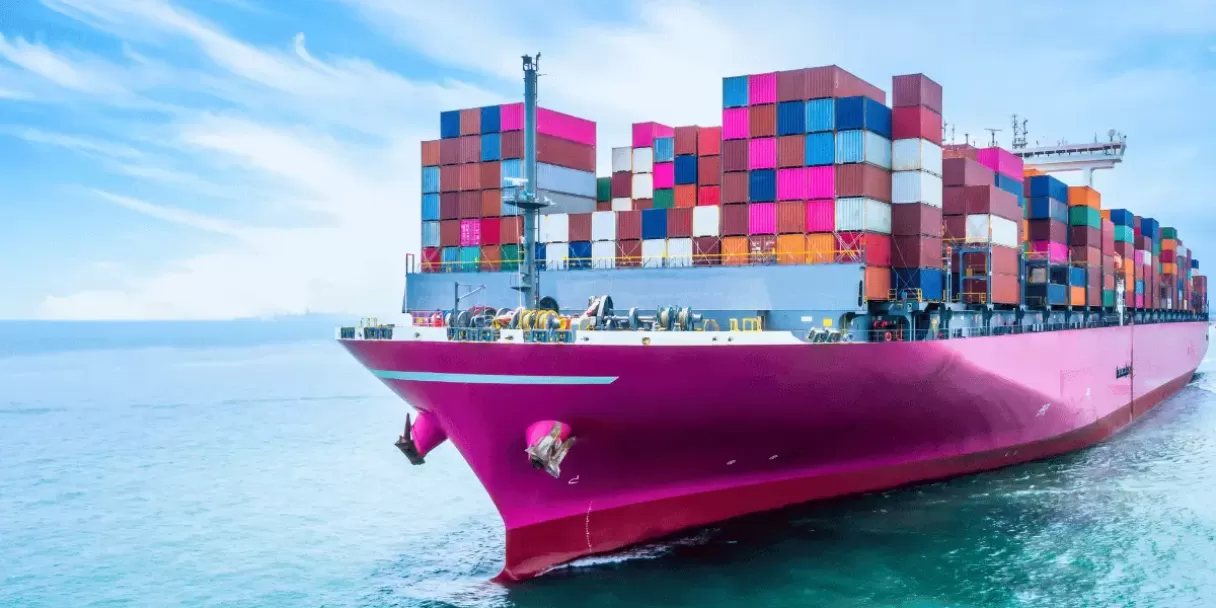The house special: why these countries specialise in certain industries
We explore the historic, geographic, economic, and social factors, responsible for driving certain industries in Mexico, Germany, and New Zealand.

What industries does your country excel in?
When looking at the countries of the world, and assessing what industries and exports they specialise in, it’s key to consider the historic, geographic, economic, and social factors at play in each location. These factors will all have contributed significantly to the industries for which each place is known.
4 key factors influencing thriving industries
Historic factors
Examining the history of a country through the lens of production and manufacturing means taking into account the various eras which have impacted it. These can include, for example, a period of colonialism.
After all, powerful countries often seek to colonise other nations in order to profit from the natural resources of that land. So, industries such as mining and oil are often the primary industries in formerly colonised countries. For example, diamonds are the biggest export from both the Central African Republic and the Democratic Republic of Congo, both of which are former French colonies.
If the country underwent a significant period of war, this may also have influenced its modes of production; boosting certain industries and suppressing others.
Geographic factors
The geographical landscape of a country greatly influences its industries, as it dictates not only the sort of agriculture, raw materials, and natural resources that can be used, but also the power and water supply, and the variety of products and services required by those living there.
For example, in Greenland, the world’s largest island which lies north of Denmark, the primary industry is fishing, and primary export is fish.
Economic factors
Government support for certain sectors will have a direct impact on the national and international success of that sector. Investment in tech by the government in the United States has allowed California’s tech hub, Silicon Valley, to flourish. Similarly, introducing policy and regulations which favour business can boost industry. Uruguay introduced a 100% income-tax exemption for software exports, resulting in the capital of Montevideo becoming a videogame production hub.
If a country has a low-paid workforce, this can mean that more manufacturers will establish operations there; taking advantage of the low production costs and exporting products abroad.
Trade agreements between countries in order to economically benefit all involved nations can often influence the sectors that thrive, as the desired products and resources referenced in the agreements will be in high demand.
Social factors
The education system in a country very much influences the nation’s workforce and pattern of industry. For example, Latin America’s growing reputation as a tech hub is hugely influenced by LatAm countries’ educated workforces.
An example of this is the fact that together, Mexico and Brazil produce a total of approximately 605,000 software engineering graduates each year.
Local traditions also influence the exports and industries for which countries become known. Vietnam’s history of traditional crafts such as bamboo products, textiles, and ceramics means that these high-quality goods are in demand the world over.
3 countries where specific industries thrive
Mexico’s textiles industry
Clothing is Mexico’s main export. This is due to a variety of factors.
Firstly, Mexico has a long tradition of excellence in textiles, with the first textiles dating back 2,500 years. These would have been created using with yucca, palm, cotton, willow, and maguey plants. Textiles were and remain a large part of indigenous Mexican culture.
Today, 90% of Mexico’s exports go to the United States, owing primarily to Mexico’s geographic proximity to the U.S. This means that it has faster lead times, as products can be delivered by land.
The introduction of the North American Free Trade Agreement (NAFTA) in 1994 broke down barriers to trade between the United States, Mexico, and Canada. The outcome was a huge growth in trade between these countries – especially Mexico’s exports sector. Exports now account for almost 40% of Mexico's GDP.
NAFTA was updated with the USMCA trade agreement in 2020, which benefitted the clothing industry by decreasing customs delays and lowering shipping timeframes and prices.
Low labour costs and a low cost of living in Mexico means that U.S. businesses make significant cost savings by operating there.
New Zealand’s dairy industry
Dairy products are New Zealand’s biggest export, with the country’s dairy industry generating $25.7 billion in exports. This accounts for one in every four export dollars earned by New Zealand. The industry employs approximately 55,000 people.
Dairy farming has been popular in New Zealand since the 19th century, with the first cattle brought there in 1814. New Zealand boasts plentiful grasslands which are the result of temperate climate, rich soil, and water sources. Consequently, cows are able to pasture all year, feeding on plentiful crops.
The government of New Zealand has invested in the country’s dairy industry. Among the initiatives is a new $25.68 million innovation programme, to improve the health and wellbeing of the national dairy herd and be a step-change in sustainable milk production, announced in 2019.
Germany’s vehicle industry
Germany is, famously, the original home of the car, and remains one of the world leaders of the motor vehicle industry. A number of famous German car brands, like Mercedes-Benz, BMW, Audi, Porsche, and Volkswagen, boast over a century in business.
The automobile industry has long been one of Germany’s primary industries, and the German government has never ceased to support and incentivise it, introducing policies and infrastructure to bolster the thriving sector.
For example, to ensure the industry was able to maintain success throughout the COVID-19 pandemic, the German government introduced a funding programme of 1 billion euro “to support modernisation, innovativeness and productivity of the industry and facilitating the establishment of innovation clusters.”
Cars continue to play a large role in German culture; a common pastime, interest, and career for many German citizens.
If you are seeking to expand your business into the global arena, and advice on how best to approach your global mobility journey, contact our team of experts today and leverage Mauve Group’s 28 years of experience delivering global expansion solutions in over 150 countries worldwide.

Global payroll software and data visibility: one system, many countries
Discover how global payroll software provides real-time data visibility, improves accuracy and compliance, and enables seamless payroll management across multiple countries in one system.


Register a company or use an Employer of Record?
Compare company registration and Employer of Record (EOR) models to understand costs, compliance, speed to market, and which option best supports your global expansion.
